Architecture, Sculpture, and Painting of the First Goetheanum
9 lectures in various cities, April 1915–June 1920 (CW 288)
The planning, construction, and execution of the functional work of art that was the First Goetheanum was an endeavor that occupied Rudolf Steiner for the better part of seven years. Every detail, from the seemingly small—such as the shape and feel of the door handles—to the grand motifs of the paintings on the ceilings of the cupolas and the building’s intended sculptural centerpiece, was lovingly designed to meet and inspire the individual human beings who would some day encounter it, not with didactic symbolism, but with the transparent reality of the spiritual foundation of humanity and the world, and the open possibility to both know this spiritual foundation and to work with it practically and artistically for the good of all.
The lectures in this volume—accompanied by reproductions of more than a hundred slides—were heard by various audiences as the building neared completion and before it was destroyed by fire. The text is complemented with a foreword by the esteemed architect Douglas J. Cardinal, as well as an important and revelatory Introductory essay by David Adams: “The Form–Function Relationship in Architecture and Nature: Organic and Inorganic Functionalism.”
This volume of The Collected Works of Rudolf Steiner is essential reading for anyone who wants to gain a deeper understanding of the artistic motivation of Rudolf Steiner as an artist and architect, while also clearing up many of the misunderstandings that the building and its sculptural and painted components have inevitably given rise to, both then and now.
C O N T E N T S:
Foreword by Douglas J. Cardinal
Introduction by David J. Adams: “The Form–Function Relationship in Architecture and Nature: Organic and Inorganic Functionalism”
1. A House for Spiritual Science: The Form of the Building in Dornach
2. Misunderstandings of Spiritual Research and the Building Devoted to It in Dornach
3. Architectural Forms as Cosmic Thoughts and Feelings
4. The Architecture, Sculpture, and Painting of the First Goetheanum (3 lectures)
5. The Hieroglyphics of the Building in Dornach (2 lectures)
6. The Goetheanum in Dornach
Appendix: On the Building in Dornach
This book is translated from the German edition Architektur, Plastik und Malerei des ersten Goetheanum: Neun Vorträge, gehalten an verschiedenen Orten zwischen dem 10. April 1915 und dem 12. Juni 1920, herausgegeben aufgrund von stenographischen, teilweise von Rudolf Steiner korrigierten Nachschriften.
About the Author
Rudolf Steiner (1861–1925) was born in the small village of Kraljevec, Austro-Hungarian Empire (now in Croatia), where he grew up (see right). As a young man, he lived in Weimar and Berlin, where he became a well-published scientific, literary, and philosophical scholar, known especially for his work with Goethe’s scientific writings. At the beginning of the twentieth century, he began to develop his early philosophical principles into an approach to systematic research into psychological and spiritual phenomena. Formally beginning his spiritual teaching career under the auspices of the Theosophical Society, Steiner came to use the term Anthroposophy (and spiritual science) for his philosophy, spiritual research, and findings. The influence of Steiner’s multifaceted genius has led to innovative and holistic approaches in medicine, various therapies, philosophy, religious renewal, Waldorf education, education for special needs, threefold economics, biodynamic agriculture, Goethean science, architecture, and the arts of drama, speech, and eurythmy. In 1924, Rudolf Steiner founded the General Anthroposophical Society, which today has branches throughout the world. He died in Dornach, Switzerland.
Frederick Amrine is associate professor of German at the University of Michigan. He holds advanced degrees from Cambridge University and Harvard. His publications include Goethe and the Sciences: A Reappraisal, The Bildungsroman, and Literature and Science as Modes of Expression. He has translated several works by Rudolf Steiner.
Born in 1934 in Calgary, Alberta, Douglas Cardinal‘s architectural studies at The University of British Columbia took him to Austin, Texas, where he achieved his architectural degree and found a life experience in human rights initiatives. Douglas then became a forerunner of philosophies of sustainability, green buildings and ecologically designed community planning. His architecture springs from his observation of Nature and its understanding that everything works seamlessly together.
In recognition of such work, Douglas Cardinal has received many national and international awards including: 19 Honorary Doctorates, Gold Medals of Architecture in Canada and Russia, and an award from United Nations Educational Scientific and Cultural organization (UNESCO) for best sustainable village. He was also titled an Officer of the Order of Canada, one of the most prestigious awards given to a Canadian, and he was awarded the declaration of being “World Master of Contemporary Architecture” by the International Association of Architects.

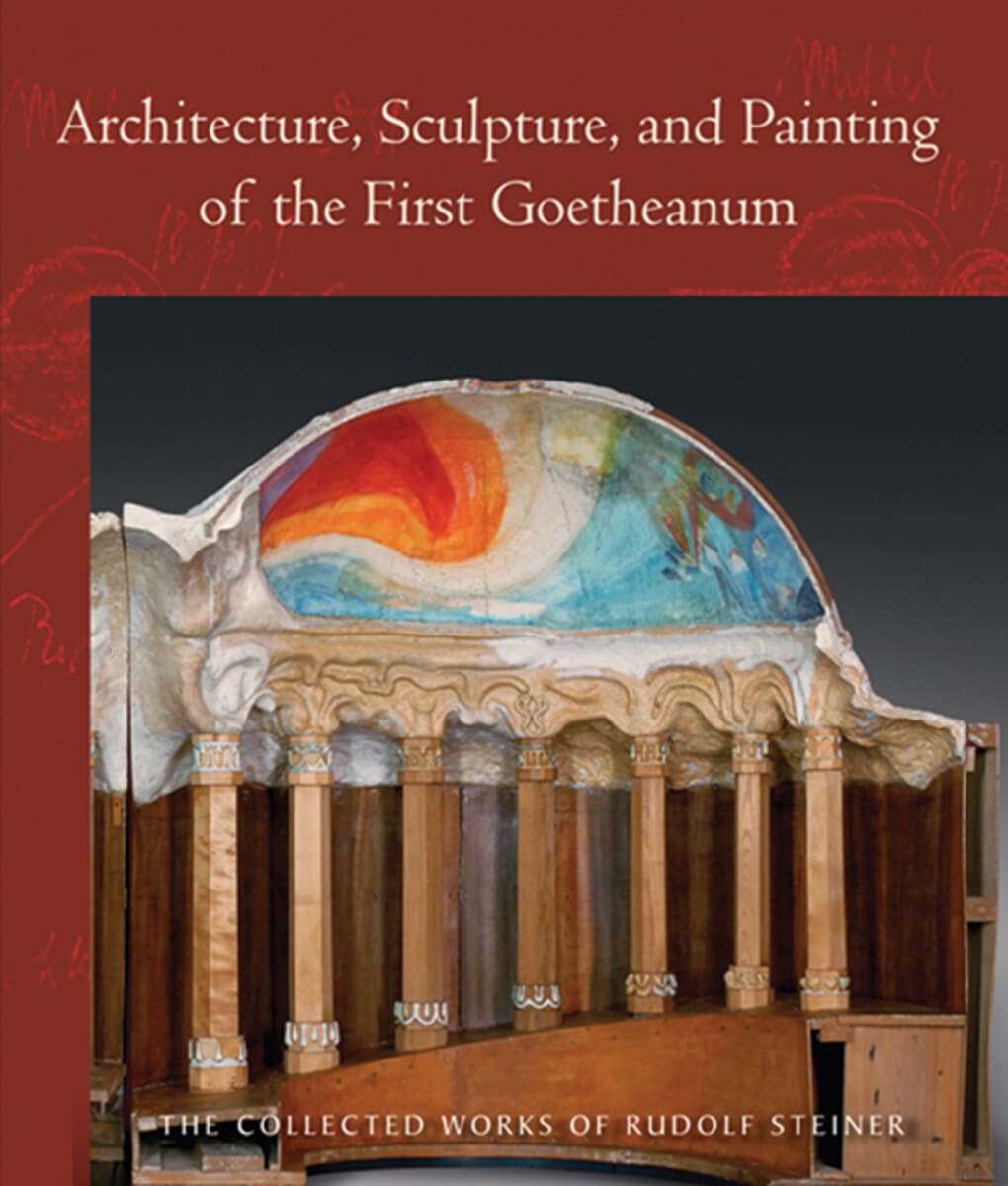
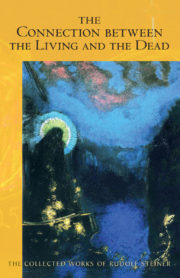
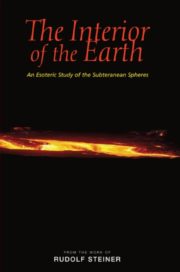


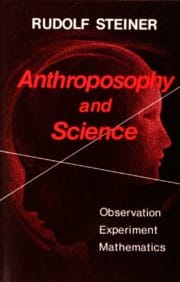

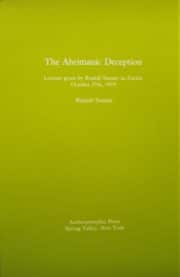

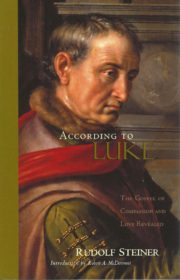
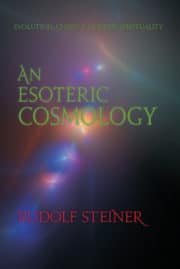

Florian SYDOW (verified owner) –
Great and fast service